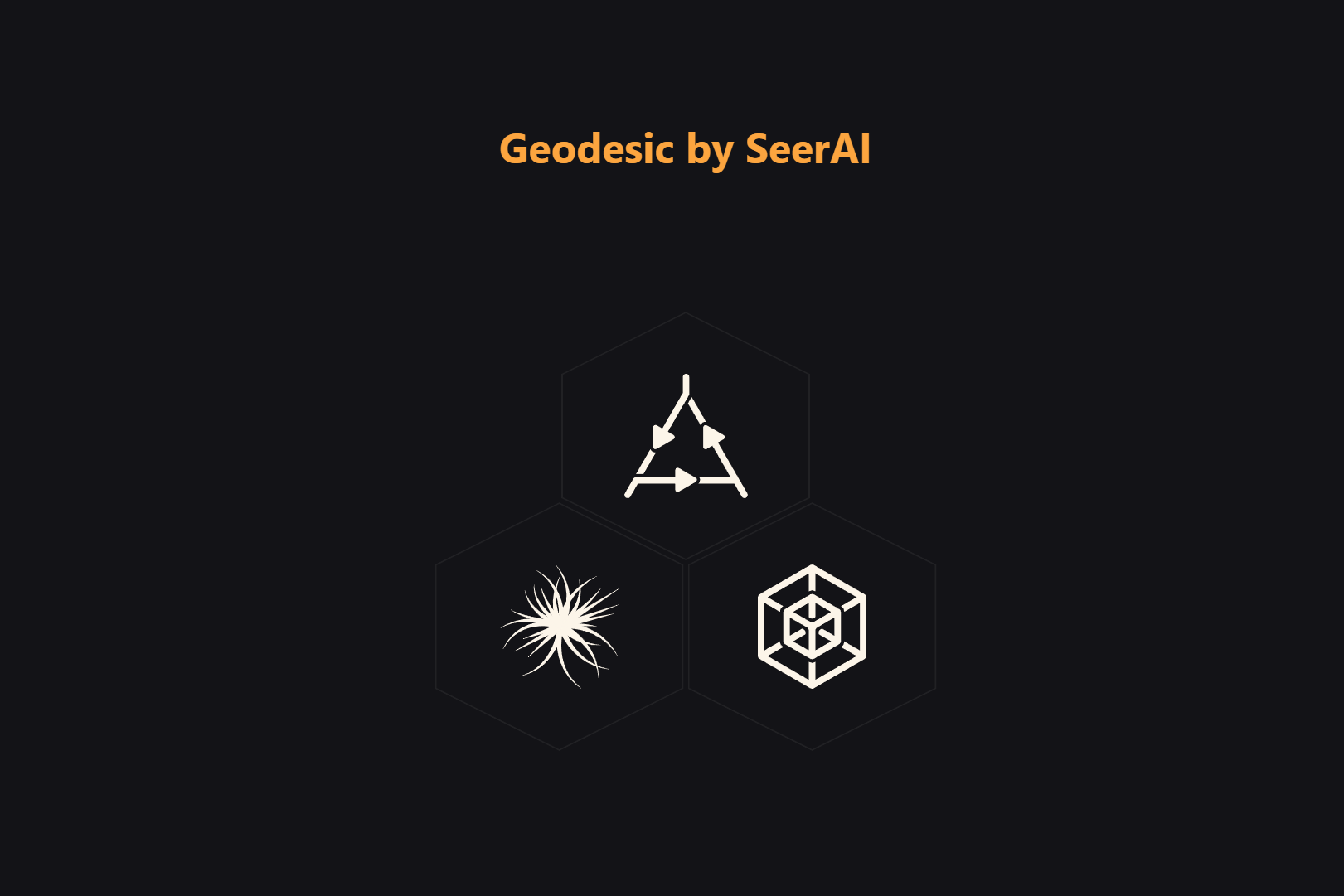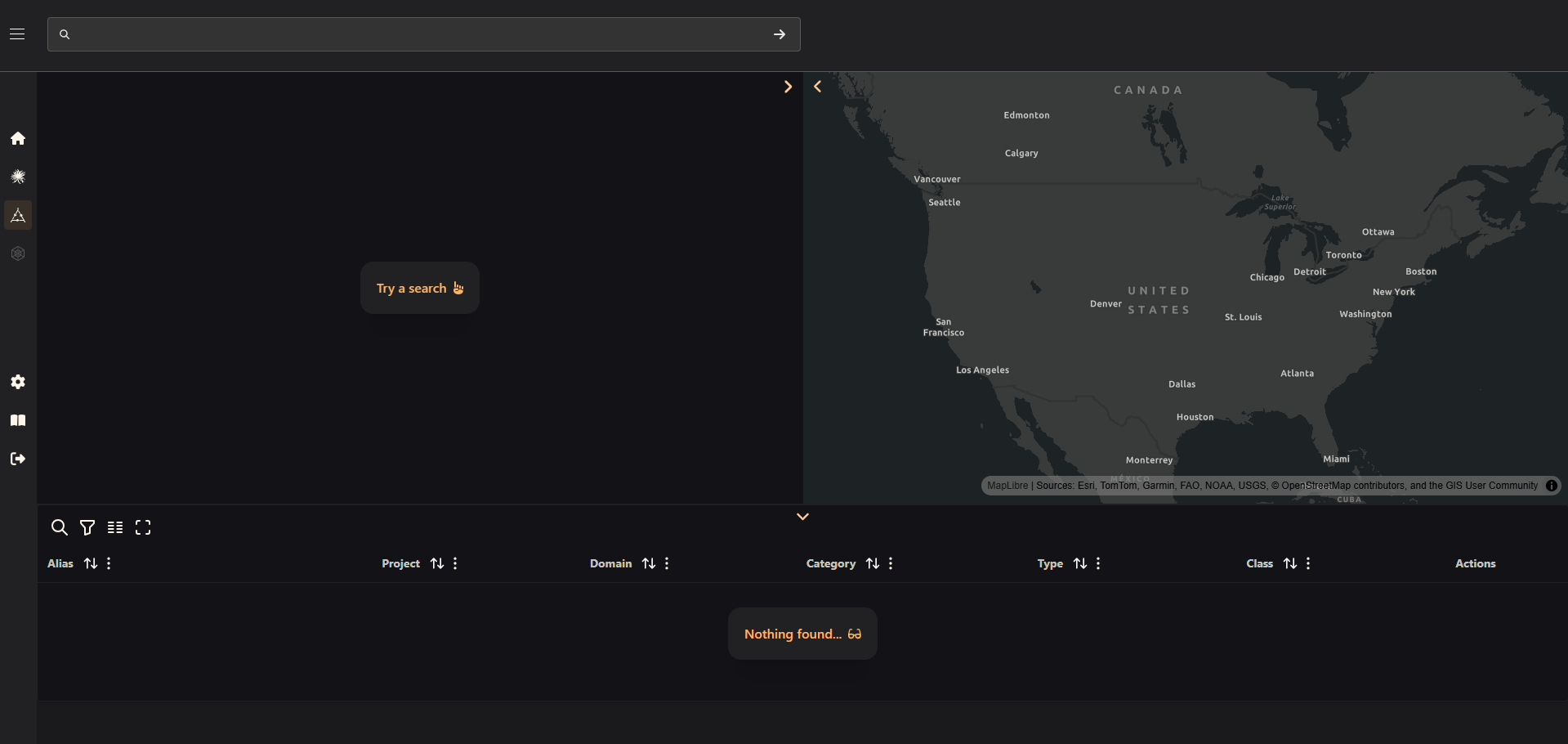Knowledge Graphs in Geodesic
What is Entanglement?
Entanglement is version-controlled knowledge graph designed to help organize and share data. Every project in Geodesic has an associated knowledge graph that contains all objects (such as datasets) and their connections to one another. This makes it easy to manage datasets, re-use use cases, and share knowledge among and between teams.
What is a Knowledge Graph?
A knowledge graph is a structured representation of information that allows you to organize and connect data in a meaningful way. Knowledge graphs are composed of nodes and edges, where nodes represent entities and edges represent relationships between entities.
The nodes in Geodesic can represent anything from concepts to datasets to models. The edges (i.e. the connections) represent relationships between nodes, such as is-a and can-observe. The "names" of the edges are called predicates, and describe the relationship between the nodes.
Here is a graph from our Global project, which is provided to all Geodesic users. You can zoom in and out, move the nodes around, and click on them for more information. The prdicates are shown on the edges and are highlighted on hover. To see which node types correspond to which colors, click the info icon in the bottom right corner.
Storing data in a knowledge graph allows you to easily query and explore the data, as well as share it with others in a structured and organized manner.
The Entanglement Interface
To interact with your knowledge graph, nagivate to the Entanglement page. You can either select the
Entanglement icon () from the left-hand sidebar, or
you can click on the Entanglement icon on the landing page, shown below.

This will bring you to the Entanglement page where you can view and interact with the knowledge graph.

Working with Your Knowledge Graph
There are three main operations you can do with the Knowledge Graph. You can:
- Search any or all projects that you have access to
- Add or remove nodes and connections
- Share the graph
Click through to the following sections to get a primer on those operations.